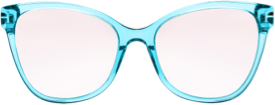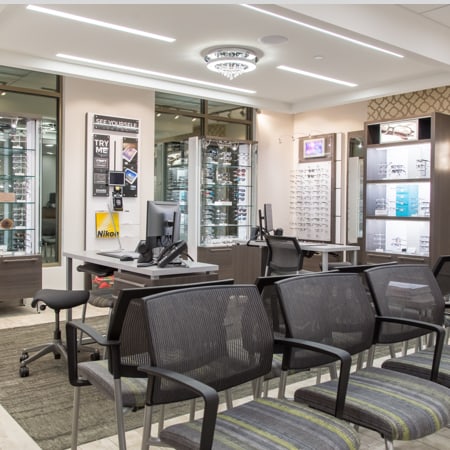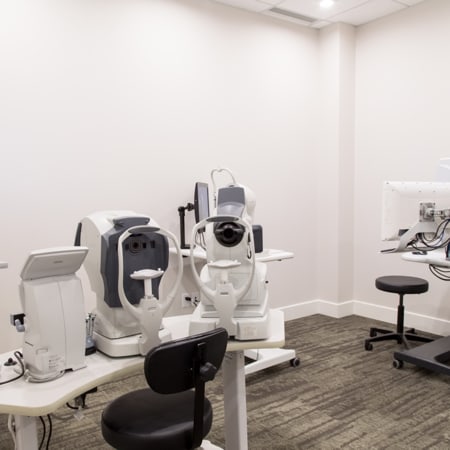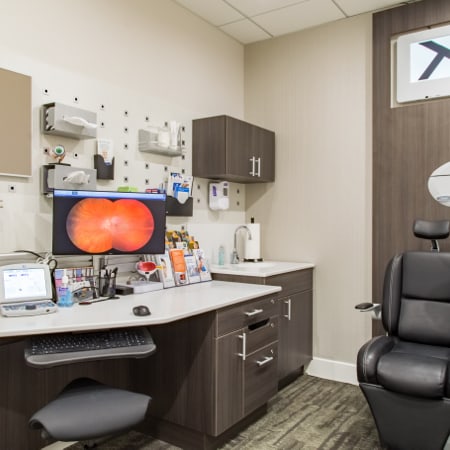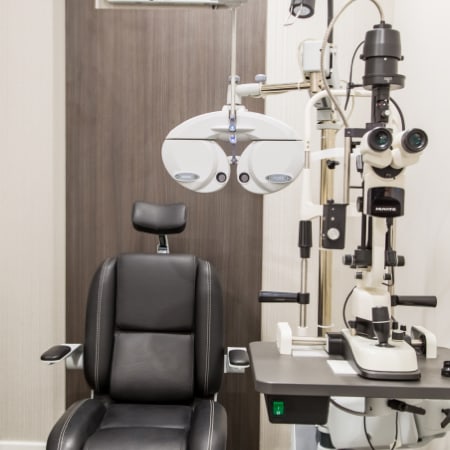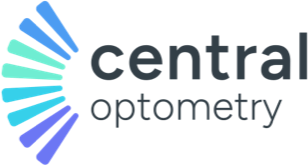Most people think of dry eyes as a temporary discomfort caused by minor environmental factors, like being in a dry or dusty area or staring at a computer screen for an extended period. However, dry eye disease can be persistent and debilitating—especially for those affected by evaporative dry eye disease.
Treatments for dry eye, like Lipiflow, can help provide sustained relief from dry eye symptoms by using heat and pressure to unblock oil glands in the eyelids. During a comprehensive eye exam, your optometrist can assess your tear film and discuss potential dry eye treatments that can provide relief.
What Is Evaporative Dry Eye Disease?
Evaporative dry eye disease is a form of dry eyes caused by a lack of oil in your tear film. When your tears lack oil, they can evaporate too quickly, leading to dry eye symptoms. One of the leading causes of evaporative dry eye disease is meibomian gland dysfunction (MGD).
With healthy tear production, your eyes produce a balanced tear mixture made up of 3 layers:
- Water
- Oil
- Mucus
MGD occurs when the meibomian glands that generate the oil layer become blocked, leading to inadequate oil production. When there is a decrease of oil in the tears, it can cause a significant decrease in the time your tears stay on the surface of your eyes, leading to symptoms like:
- Eye fatigue
- Redness
- Blurry vision
- Grittiness
- Sensitivity to light
- Increased sensitivity to glare
- Discomfort
- Watery eyes
If you experience any of these dry eye symptoms, seeing an optometrist for a proper diagnosis and treatment is imperative to restoring your comfort and protecting your long-term eye health.
How Does Lipiflow Work?
Technological advances have led to the development of effective treatment methods for evaporative dry eye disease. One of these treatments is LipiFlow, which uses thermal pulsation technology to help liquefy the oil in blocked meibomian glands and stimulate the release of healthy oils.
LipiFlow treatment lasts approximately 12 minutes per eye, and the technology used during treatments is designed to cause minimal discomfort and side effects. For many people, follow-up visits every 4–12 months are recommended to maintain the effects of LipiFlow treatment.
Treating blocked meibomian glands can be difficult without help from an eye doctor. Those who have tried traditional dry eye treatments without success may want to consider Lipiflow as an alternative or supplemental treatment option.
The Benefits of Lipiflow
Lipiflow treatments for dry eye can be highly effective. 84% of patients who undergo Lipiflow experience improvement in their dry eye symptoms in 4 weeks. Lipiflow also helps restore balance to your eyes’ oil production, helping prevent future dry eye symptoms.
When you visit us for dry eye treatment, we can develop a treatment plan based on your eye health and recommend the right treatments and maintenance visits to help keep dry eye symptoms at bay.
At-Home Dry Eye Therapies to Go with Lipiflow
To complement Lipiflow treatments, you can incorporate the following at-home remedies for dry eye symptom relief.
Eyelid Hygiene & Cleaning
Eyelid hygiene is a vital aspect of treating dry eyes. Blepharitis (inflammation of the eyelids) can worsen MGD, causing symptoms like:
- Swollen eyelids
- Oily eyelids
- Burning sensations
- A feeling like there’s something in your eye
- Crusting of the eyelashes
To maintain good eyelid hygiene, you can use specially designed eyelid cleansers, such as Zocular foam and Blephaclean wipes, as recommended by your optometrist. These products often contain ingredients that can reduce inflammation and soothe your eyelids.
Warm Compresses
Warm compresses can help alleviate dry eye symptoms caused by meibomian gland dysfunction (MGD). They are designed to work by:
- Providing moisture through gentle steam
- Loosening oil gland blockages
- Reducing eye strain and muscle pain from dry eyes
- Reducing pain, swelling, and inflammation
When you visit us, we can recommend eye masks and compresses designed to be heated, fit snugly to your eyes, and provide a relaxing experience.
Omega-3 Supplements
Omega-3 fatty acids can be essential for promoting eye health and reducing inflammation commonly associated with dry eye. They can help reduce the effects of dry eye disease by supporting and boosting your natural tear production.
Omega-3 supplements aren’t all the same, and while it may seem harmless to buy from the drug store, PRN or Physician Recommended Neutraceuticals outshine the under-regulated competition.
Canadians generally get an omega 3:6 ratio of 25:1, when a 1:1 ratio is best. You can find omega-3 in fatty fish such as salmon and sardines, but you can also take PNR supplements to improve signs and symptoms of dry eye. When you speak with us, we can recommend nutritional supplements based on your personal health.
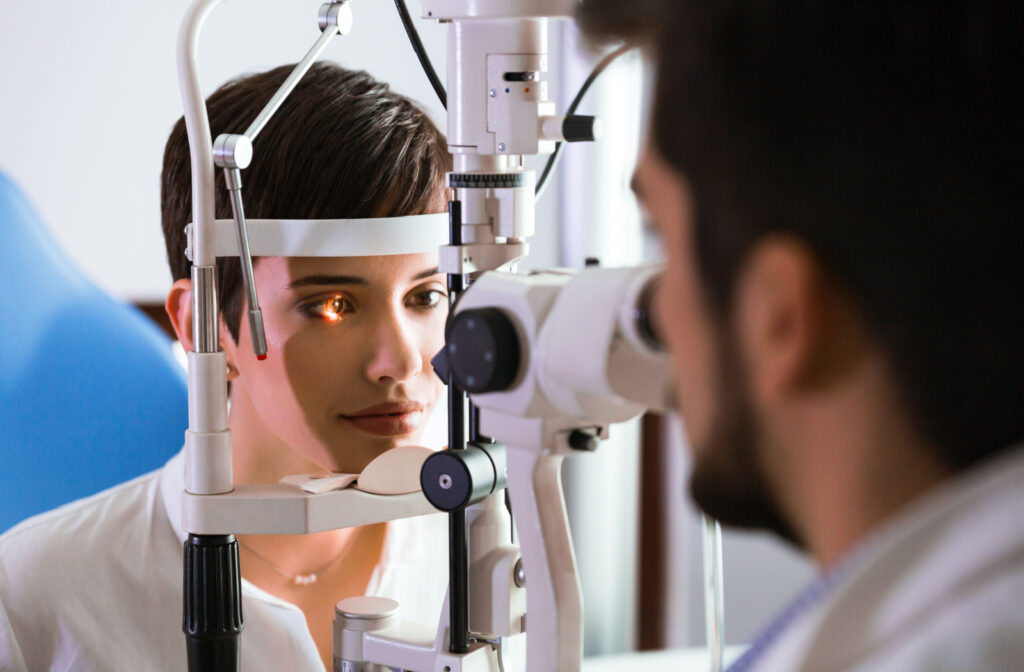
Treat Dry Eye at the Source
LipiFlow technology can be an effective solution for dry eye syndrome. With ongoing maintenance and at-home support, dry eye treatments like LipiFlow can help you get lasting relief. Schedule an appointment at Central Optometry to get a clear dry eye diagnosis. We can recommend the right treatments to help your eyes feel more comfortable based on your personal eye health. Feel free to ask us about LipiFlow and the other treatments we offer during your next visit.




